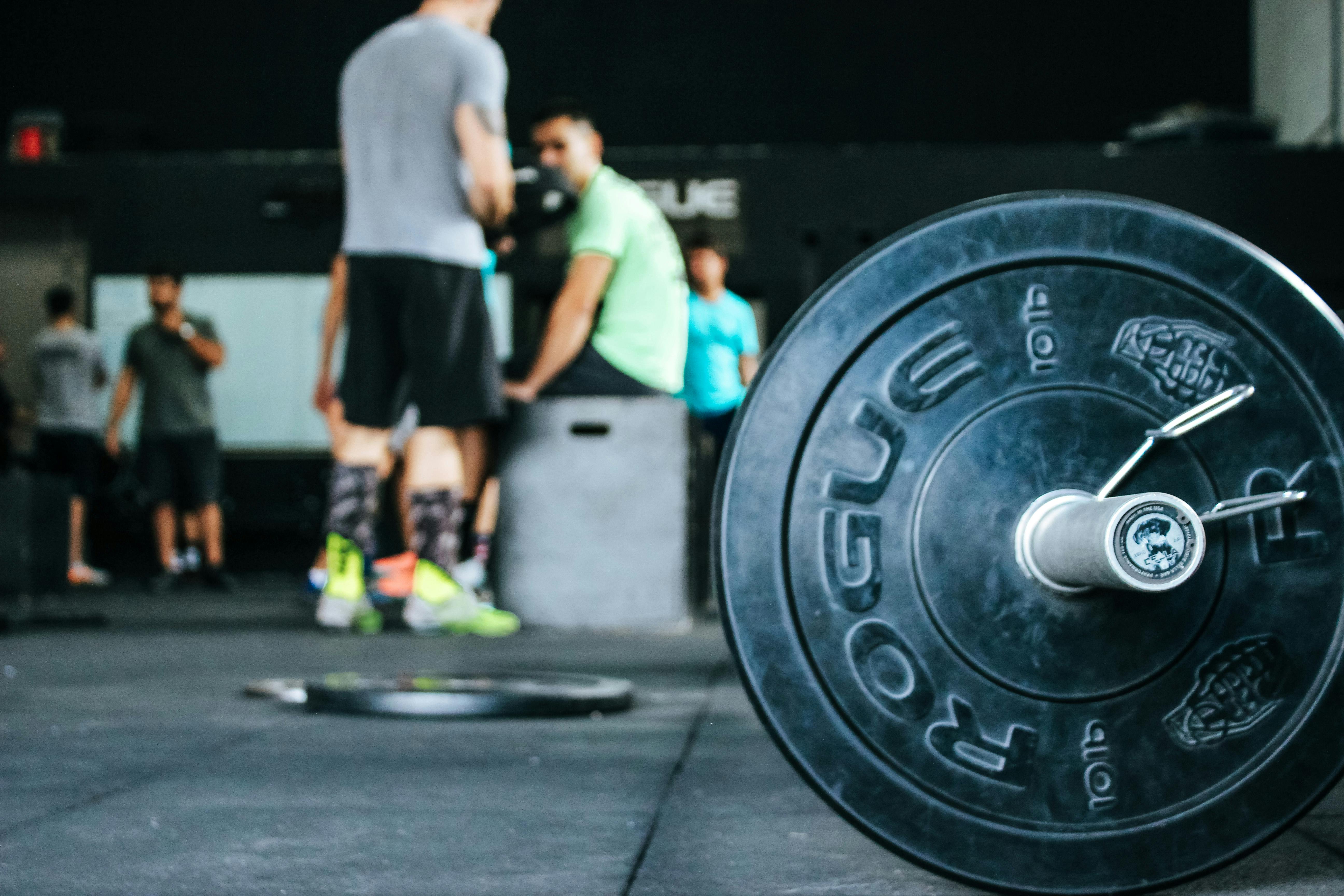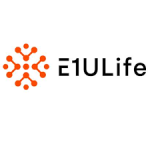
In the ever-evolving digital landscape, having a strong online presence is crucial for businesses across various industries. The fitness industry is no exception, and in today’s competitive market, gyms must leverage the power of Search Engine Optimization (SEO) to stand out and attract potential clients. In this comprehensive guide, we will delve into the world of seo gym, exploring strategies, best practices, and tools to optimize online visibility and drive fitness success.
Table of Contents
What is SEO?
To embark on an SEO journey, it’s essential to grasp the fundamentals. Search Engine Optimization (SEO) is the process of enhancing a website’s visibility on search engines like Google, Bing, and Yahoo. By optimizing various elements, businesses aim to rank higher in search results, increasing the likelihood of attracting organic traffic.
The Importance of SEO for Gyms
In the digital age, consumers turn to search engines to find local seo services, including gyms and fitness centers. A robust SEO strategy enables gyms to appear prominently in search results, making them more discoverable by potential clients. This chapter will outline the significance of SEO for gyms and its impact on brand awareness, lead generation, and revenue growth.

Key Elements of SEO for Gyms
Keyword Research
One of the foundational pillars of SEO is keyword research. Gyms must identify relevant keywords that potential clients might use when searching for gym seo services for your business. This section will explore tools and techniques for effective keyword research, helping gyms discover high-impact keywords to incorporate into their content.
On-Page SEO
Optimizing on-page elements is crucial for search engine visibility. This includes crafting compelling meta titles and descriptions, using strategic header tags, and incorporating keywords naturally within website content. Learn how gyms can enhance their on-page SEO to boost rankings and improve user experience.
Local SEO for Gyms
For gyms targeting a local audience, local SEO is paramount. This chapter will delve into the importance of local search optimization, covering strategies such as creating a Google My Business profile, obtaining positive reviews, and optimizing location-based keywords to attract nearby fitness enthusiasts.
Mobile Optimization
With the increasing use of smartphones, mobile optimization is non-negotiable. Gyms need websites that are responsive and user-friendly on various devices. This section will provide insights into mobile SEO best practices and their impact on search rankings.
Content Creation and SEO
The Role of Content in SEO
Quality content is the backbone of any successful SEO strategy. This chapter will discuss the correlation between content creation and SEO for gyms, emphasizing the importance of producing relevant, valuable, and engaging content to attract and retain website visitors.
Blogging for Gyms
A blog can be a powerful tool for gyms to share informative content, showcase expertise, and improve SEO. Learn how to develop a successful blogging strategy, including content ideas, keyword integration, and promotion techniques.

Video Content and SEO
Video content has become increasingly popular online. Discover how gyms can leverage video marketing to enhance their SEO efforts, including tips for creating engaging fitness videos, optimizing video descriptions, and utilizing platforms like YouTube.
Link Building Strategies for Gyms
The Importance of Backlinks
Backlinks, or inbound links from other websites, play a crucial role in SEO. This chapter will delve into the significance of backlinks for gyms, exploring ethical link-building strategies to improve search engine rankings.
Guest Blogging
Guest blogging is a proven method for acquiring quality backlinks and expanding a gym’s online presence. This section will provide a step-by-step guide to successful guest blogging, from identifying opportunities to crafting compelling pitches.
Local Citations
Local citations are mentions of a gym’s name, address, and phone number on various online platforms. This chapter will explain the importance of local citations for local SEO and provide guidance on obtaining and managing consistent business information across the web.
Monitoring and Measuring SEO Success
Analytics Tools
To gauge the effectiveness of their SEO efforts, gyms must utilize analytics tools. This section will introduce popular tools like Google Analytics and Google Search Console, guiding gym owners on how to interpret data and make informed decisions based on performance metrics.
Key Performance Indicators (KPIs) for Gyms
Understanding the key performance indicators specific to the fitness industry is essential. This chapter will outline relevant KPIs, such as organic traffic, conversion rates, and keyword rankings, allowing gyms to assess the impact of their SEO strategies on business objectives.
Overcoming Common SEO Challenges for Gyms
Competition in the Fitness Industry
The fitness industry is highly competitive, and gyms often face challenges in standing out online. This chapter will address common SEO challenges gyms encounter and provide actionable solutions to overcome competition and achieve sustained visibility.
Algorithm Updates and Adaptability
Search engine algorithms frequently evolve, impacting search rankings. Learn how gyms can stay adaptable and responsive to algorithm updates, ensuring their SEO strategies remain effective and compliant with search engine guidelines.
Hiring SEO Professionals or DIY?
In-House vs. Outsourcing SEO
Gyms must decide whether to handle SEO in-house or outsource to professionals. This chapter will weigh the pros and cons of each approach, helping gym owners make informed decisions based on their resources, expertise, and business goals.
DIY SEO Tips for Gyms
For gyms with limited budgets, DIY SEO can be a viable option. This section will provide practical tips and resources for gyms looking to navigate the world of SEO independently, from learning the basics to implementing effective strategies.
Frequently Asked Question
What is SEO, and why is it important for gyms?
Answer: SEO, or Search Engine Optimization, is the process of enhancing a website’s visibility on search engines. For gyms, it’s crucial for increasing online presence, attracting potential clients, and staying competitive in the digital landscape.
How can gyms identify relevant keywords for their SEO strategy?
Gyms can use keyword research tools like Google Keyword Planner, SEMrush, or Ahrefs to identify relevant keywords. Focus on terms that potential clients might use when searching for fitness services in your area.
What is the significance of local SEO for gyms?
Local SEO is essential for gyms targeting a local audience. It involves optimizing online presence for location-based searches, ensuring the gym appears in local search results, and enhancing visibility among nearby fitness enthusiasts.
How can gyms optimize their website for mobile devices?
Gyms should ensure their website is responsive, meaning it adapts to different screen sizes. This improves user experience on mobile devices, positively impacting SEO. Regular testing and optimization for mobile responsiveness are key.
Why is content creation important for SEO, and what types of content work best for gyms?
Quality content is crucial for engaging and informing potential clients. Gyms can benefit from blog posts, informative articles, and video content. Educational content, workout guides, and success stories are also effective in attracting and retaining visitors.
Conclusion
As the fitness industry continues to evolve, the role of SEO in gyms’ success becomes increasingly prominent. This guide has explored the fundamentals of SEO, key strategies, content creation, link building, monitoring success, overcoming challenges, and the decision-making process for gyms considering SEO.

















